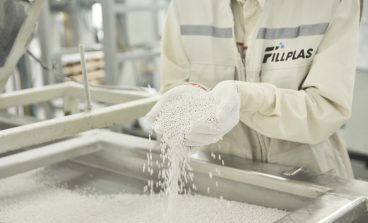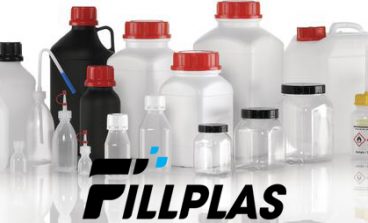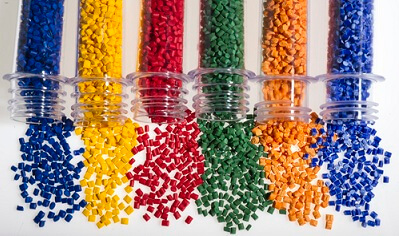
We have heard a lot about masterbatch products, but do we understand them correctly? Find out more through the article below!
General
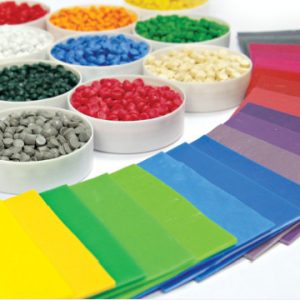 Masterbatch (MB) is a solid or liquid additive for plastic used for coloring plastics (color masterbatch) or imparting other properties to plastics (additive masterbatch). So, Masterbatch is a concentrated mixture of pigments and/or additives encapsulated during a heat process into a carrier resin which is then cooled and cut into a granular shape. They allow the processor to colour raw polymer economically during the plastics manufacturing process.
Masterbatch (MB) is a solid or liquid additive for plastic used for coloring plastics (color masterbatch) or imparting other properties to plastics (additive masterbatch). So, Masterbatch is a concentrated mixture of pigments and/or additives encapsulated during a heat process into a carrier resin which is then cooled and cut into a granular shape. They allow the processor to colour raw polymer economically during the plastics manufacturing process.
The alternatives to using masterbatches are buying a fully compounded material (which may be more expensive and less open to e.g. color variability of the product), or compounding from raw materials on site (which is prone to issues with achieving full dispersion of the colorants and additives, and prone to preparing more material than what is used for the production run).
Components
In comparison with pure pigments, masterbatches require more storage space and their lead times are longer. Another disadvantage is additional exposure of heat (“heat history”) to both the carrier and the additive; this may be important e.g. for marginally thermally stable pigments.
As masterbatches are already premixed compositions, their use alleviates the issues with the additive or colorant clumping or insufficient dispersion. The concentration of the additive in the masterbatch is much higher than in the end-use polymer, but the additive is already properly dispersed in the host resin. In a way their use is similar to uses of ferroalloys for adding alloying elements to steels.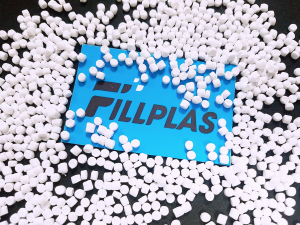
More
The use of masterbatches allows the factory to keep stock of fewer grades of the polymer, and to buy cheaper natural polymer in bulk. The carrier material of the masterbatch can be based on a wax (universal carrier) or on a specific polymer, identical or compatible with the natural polymer used (polymer-specific).
The usual ratio of masterbatch to the base resin is 1 to 5 percent. Several masterbatches (color and various additives) can use together. The carrier can also double as a plasticizer (common for liquid masterbatches) or a processing aid.
The machines are usually fed with premixed granules of the host polymer and the masterbatch. The final mixing then gets done in the screw and extrusion part of the machine. This is sometimes prone to adverse effects, e.g. separation of the masterbatch and the base material in the machine’s hopper.
How is masterbatch produced?
1. Weighing
2. Mixing
3. Twin-screw extruding
4. Cutting and cooling
5. Sieving
6. Bagging
The masterbatch can also add directly to the machine’s screw, as a free-flowing solid or in case of a liquid masterbatch by e.g. a peristaltic pump. Such use of liquid masterbatches allows highly accurate dosing and quick change of color between machine runs. Masterbatches can be used in most processes, except rotational molding and Plastisol and other liquid resin systems.
Advantages of using Masterbatch in plastic manufacturing
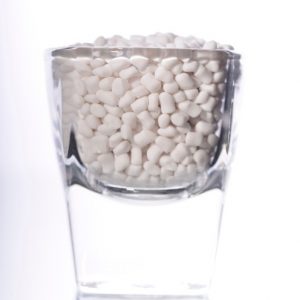 Masterbatch brings many advantages for the final plastic products:
Masterbatch brings many advantages for the final plastic products:
PRODUCTIVITY
Masterbatch can increase volumetric output (as a result of thermal conductivity & volumetric expansion to temperature). In addition, it has the ability to downgauge due to higher film physical properties.
TOTAL COST SAVE
With the large percentage of CaCO3 powder in component, masterbatch helps manufacturers reduce material cost by using less energy to run the machine due to higher CaCO3 specific heat.
PHYSICAL PROPERTY
Masterbatch helps plastic improve a lot of physical property such as Higher toughness; Flexural stiffness; Adhesion; Printability
Applications of masterbatches
Additive masterbatches modify various properties of the base plastic:
ultraviolet light resistance ; flame retardant; anti-fouling; anti-static; lubrication; anti-slip; corrosion inhibitors for metals packaged in plastic; anti-microbial; anti-oxidants; extrusion aids; phosphorescence; anti-counterfeit; product security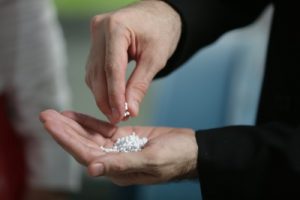
Masterbatch in the following areas:
Blown film & lamination; PP raffia/Yarn; PP non-woven fabric; Blow molding; Injection molding; Thermoformed sheet; HDPE/PP pipe extrusion; Polyester and Nylon yarn
FILLPLAS Masterbatches has many types such as Filler masterbatch, White Masterbatch, Black Masterbatch, and other Color Masterbatch.
Contact us at info@fillplas.com for more.

